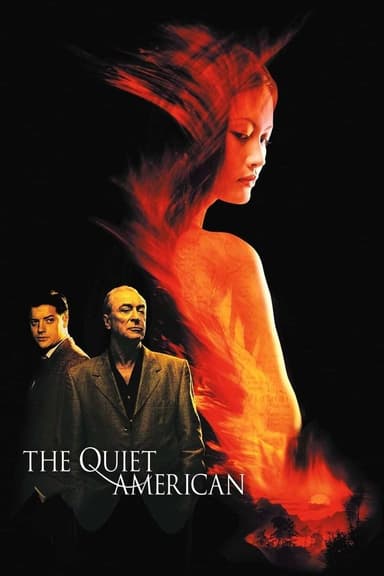
Silk
2007 • Drama, Romance • R
French silkworm trader Hervé is married to the beautiful Hélène. When an outbreak of disease ravages European silkworms, Hervé must travel to Japan to retrieve healthy eggs. After a long journey, Hervé finally arrives at a village where he can buy them. He becomes infatuated with a young concubine and goes to great lengths to see her again. But, when war breaks out in Japan, the concubine flees, forcing Hervé to return home to his wife.
Runtime: 1h 47m
Why you should read the novel
Experience the intimate heartbeat of the story in Silk by Alessandro Baricco, the lyrical novel that inspired the 2007 film. Baricco’s spare, musical prose turns a simple journey into a haunting meditation on desire, distance, and devotion. Read the source material to discover the emotional currents that cinema can only hint at.
The novel’s minimalist style invites you to linger over each line, tracing Hervé Joncour’s silk-buying voyages from rural France to 19th-century Japan. Its subtle repetitions, delicate imagery, and quiet revelations reward patient readers who love literary fiction, historical romance, and evocative atmosphere. This is the definitive way to understand the world the movie visits.
Choose the English edition of Silk to enjoy the original voice behind the adaptation. Reading the book before or after watching the film deepens every scene, enriches character motivations, and illuminates themes of longing and fidelity. Perfect for book clubs, fans of elegant storytelling, and anyone drawn to cross-cultural love stories.
Adaptation differences
Tone and form: the novel is minimalist and poetic, built on rhythmic repetition and suggestive silences, while the film leans on visual opulence, dialogue, and sweeping score. On the page, interiority drives meaning; on screen, gesture and landscape externalize it, shifting the overall mood from fable-like to cinematic romance.
Ambiguity versus explicitness: in the book, the attraction between Hervé and the Japanese woman is chaste, elliptical, and deliberately unresolved, heightening obsession through absence. The adaptation presents the relationship more directly and sensually, clarifying moments the novel leaves open, which can alter how viewers interpret Hervé’s desire and the story’s central mystery.
Hélène’s presence and the letter: the novel unveils a crucial revelation about an intimate letter through understated clues and a translator’s intervention, emphasizing quiet devotion and delayed understanding. The film clarifies and sentimentalizes this thread, expanding Hélène’s role with additional scenes and dialogue, making her emotional arc more overt and dramatically foregrounded.
Scope and emphasis: the book glances at politics, trade, and violence as distant tremors, keeping focus on mood and memory. The movie dramatizes travel, raids, and landscapes, condenses timelines, and adds connective scenes for narrative momentum. These choices trade the novel’s dreamy indeterminacy for clearer chronology and heightened historical spectacle.
Silk inspired from
Silk
by Alessandro Baricco











